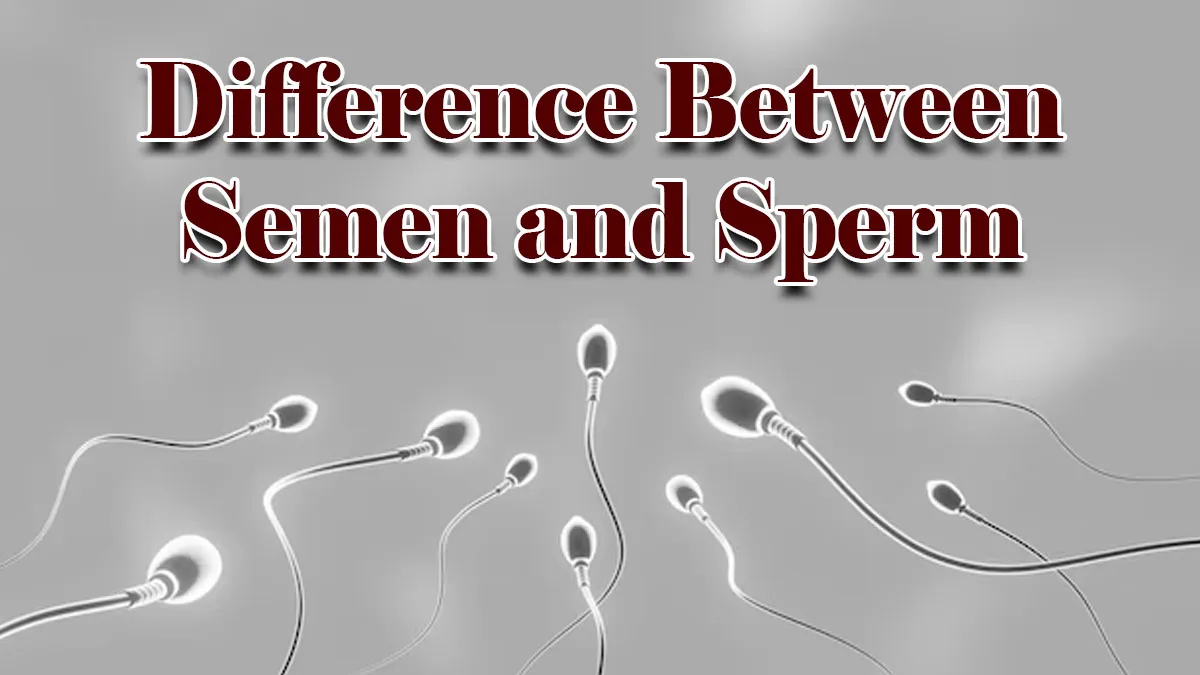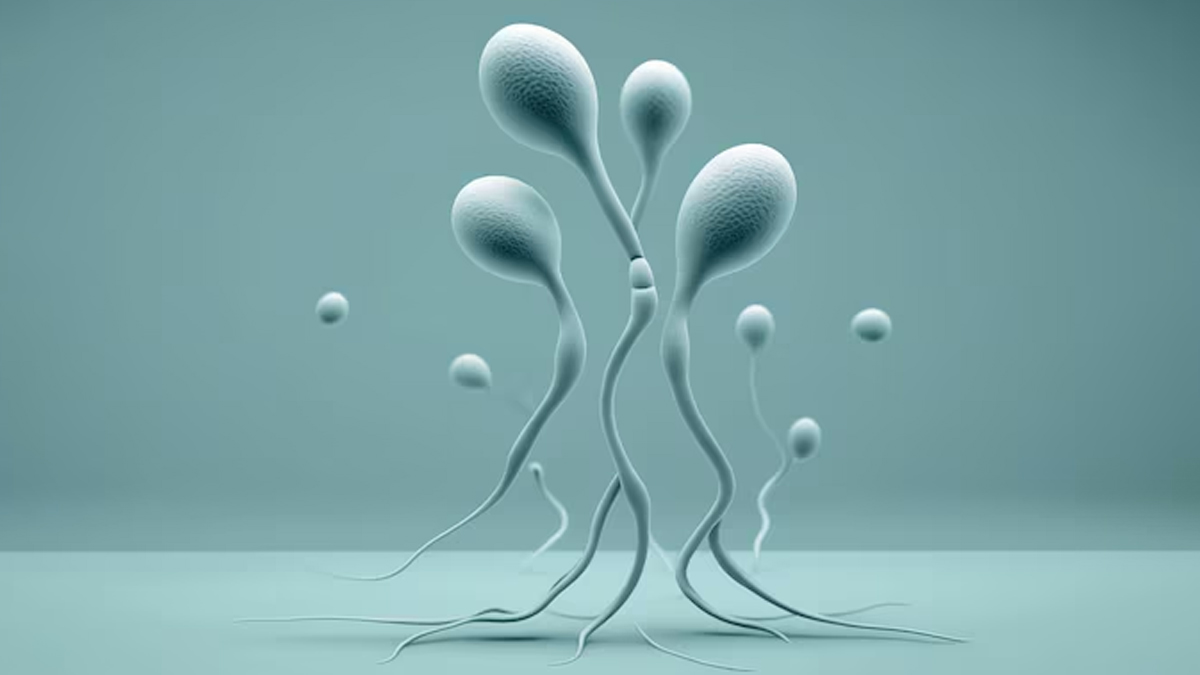
Have you ever wondered if semen and sperm are the same thing? It’s one of those questions many people hesitate to ask, often because it feels too awkward or 'basic' to bring up. But when you’re trying to understand fertility, planning a pregnancy, or simply curious about how the body works.
Table of Content:-
To clarify, we spoke to Dr Neena Bahl, Senior Director - Obstetrics and Gynaecology, Fortis La Femme, Greater Kailash, New Delhi, who explained it all in the simplest way possible.
Semen vs Sperm: What’s the Basic Difference?

Many people tend to use the terms semen and sperm interchangeably, but they are not the same.
- Semen: It is the white, viscous fluid released during ejaculation. It is the medium which carries the sperm.
- Sperm: They are the microscopic motile structures carried within the semen, which can move forward. Each sperm has a head, a body, and a tail. The tail helps it swim forward. As reported by the Asian Journal of Andrology, the average sperm cell is approximately 4.3 micrometres (μm) in length and 2.9 μm in width.
How Sperm Travels to the Egg

After ejaculation, the sperm swim through the vagina, into the uterus, and up the fallopian tubes, where they may meet and fertilise an egg (female gamete).
"A common concern among patients is that sperm flowing out of the vagina after intercourse might prevent conception. However, this is normal. It’s the seminal fluid that flows out, while the sperm swim upward internally to do their job," explained Dr Bahl.
Also Read: Does Stress Affects The Quality Of Sperm Ejaculation
Fertility and Sperm Health: What Matters
When it comes to fertility, sperm count and quality are key. According to Dr Bahl:
- There are millions of sperm in one ejaculation. A semen sample with more than 20 million sperm is healthy.
- Of these, at least 40% must be motile (capable of swimming), and 40% must be well-formed.
- These factors combined significantly boost the chances of natural conception.
Semen Sample Collection: Why the How and Where Matter
Some patients collect semen samples at home for analysis, but this can affect the result. Exposure to heat or delays in reaching the lab may lead to sperm death, which lowers the accuracy of the test.
"For the most accurate semen analysis, samples should be collected at the laboratory under controlled conditions. This ensures sperm are alive and active during examination," advised Dr Bahl.
When is Semen Analysis Recommended?

Semen analysis is usually suggested for couples who have been trying to conceive for a year or more without success. It's often the first step in evaluating male fertility. For men, this single test provides the most valuable information, including sperm count, motility, and morphology (shape).
"Semen analysis is crucial because by understanding the differences between semen and sperm, the structure of sperm, and the parameters that determine fertility, couples can improve their chances of conception," said Dr Bahl.
Also Read: What Is A Semen Analysis? Expert Shares When Do Men Need It!
Misconceptions about Semen and Sperm
Myth 1: Sperm flows out of the vagina after discourse
Fact: In reality, the sperm swims up towards the uterus, whereas the semen flows out of the vagina after discourse.
Myth 2: Semen is the same as sperm
Fact: Semen is the liquid that carries the sperm. Sperm are microscopic structures that are responsible for fertilisation.
Bottomline
Dr Bahl concluded, "Understanding the difference between semen and sperm, and what factors affect fertility, helps couples to make informed decisions. It also helps ease anxiety around the conception process and removes some of the stigma around asking these normal questions."
[Disclaimer: This article contains information provided by an expert and is for informational purposes only. Hence, we advise you to consult your professional if you are dealing with any health issue to avoid complications.]
Also watch this video
Read Next
The 'Modern Family' Guide To Raising Teens: Communication, Boundaries, and Avoiding Haley's Mistakes
How we keep this article up to date:
We work with experts and keep a close eye on the latest in health and wellness. Whenever there is a new research or helpful information, we update our articles with accurate and useful advice.
Current Version